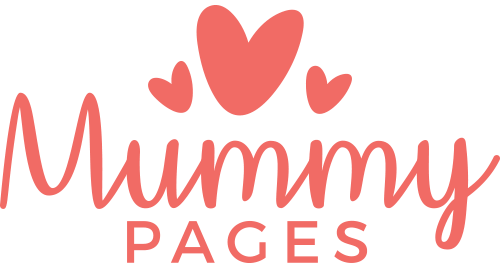Grains have long been an essential part of a healthy diet. Full of energy-giving carbohydrates and fibre, grains help to supply our bodies with the fuel we all need to take on the morning. Breakfast cereals are made with grains and are packed with good nutrition.
Some important nutrients found in cereals include:
Carbohydrates: Carbohydrates provide teens with the energy they need to see them through the day. They also help with concentration at school and give teens the necessary energy to play sport or do exercise.
Fibre: Fibre helps to maintain a healthy digestive system.
B vitamins: Each of the B vitamins has a range of different functions in the body however; most of them help our bodies to produce energy from the foods we eat. Since these vitamins are water-soluble and not stored in the body, a continual supply from the diet is best.
Folate: Folate is a B vitamin, which is needed for normal blood formation and cell division. It also helps with normal growth and development.
Vitamin D: Known as the sunshine vitamin because our skin naturally produces the nutrient from the sun’s ultra violet light (UVB), vitamin D helps control the amount of calcium we absorb and therefore is important for developing and maintaining strong bones. While not naturally found in grain based foods, some breakfast cereals have added vitamin D.
Vitamin D deficiency is especially prevalent in, and most critical to the health of, children. With a tendancy to spend more time indoors and less time playing outside, there are concerns that teenagers in Ireland are not producing enough vitamin D through a natural exposure to sunlight. In 2011, Kellogg’s made a commitment to add vitamin D to all of its children’s cereals.
Iron: Iron is an essential element of haemoglobin, the part of red blood cells that transports oxygen. It also plays a role in cognitive development and helps to support the immune system. Teenage girls need more iron when they start to menstruate, and boys need it more when their lean body mass (muscle mass) increases. Iron deficiency anaemia is not uncommon amongst girls.
The health benefits of whole grains
Whole grains are rich in nutrients and have a whole range of health benefits. They can help your teen feel fuller for longer periods of time, by providing them with a gradual release of energy to the body.
Given the nutrition and health benefits associated with regularly consuming whole grain food, it’s important that your teens develop a habit of eating whole grains at a young age. Substituting whole grain bread for white bread, brown rice for white rice and eating a whole grain breakfast cereal are easy ways to help your teen reap the health benefits of eating whole grains. These are simple ways of incorporating whole grains into your teen’s diet without making any massive changes.
While wholegrains include the fibre part of the grain, wholegrain foods may not be necessarily high in fibre. Check the labels- foods with 3g fibre/100g are a “source of fibre” and foods with 6g/100g are a “high fibre food”. According to the National Teen Food Survey recently published by IUNA (the Irish Universities Nutrition Alliance), more than 80 percent of Irish teenagers are not getting enough fibre in their diet. Many of the cereals in the Kellogg’s range contain significant sources of dietary fibre, most notable Kellogg’s All-Bran - the best fibre-provider of all which provides 10.8g of fibre per bowl. Kellogg’s has a range of high fibre cereals that kids love such as Kellogg Coco Pop Choc n Roll, Frosted Wheats and Mini Max which provide up to 3.5g of fibre per bowl







